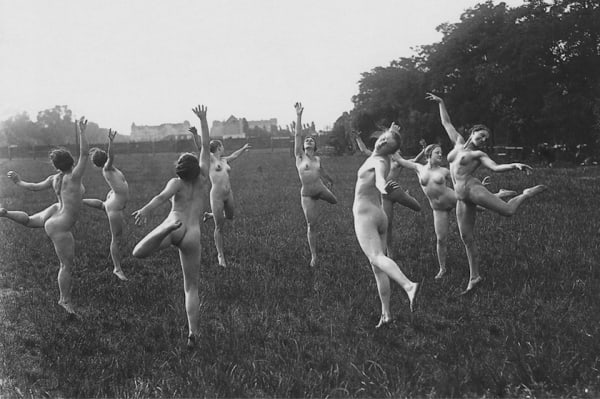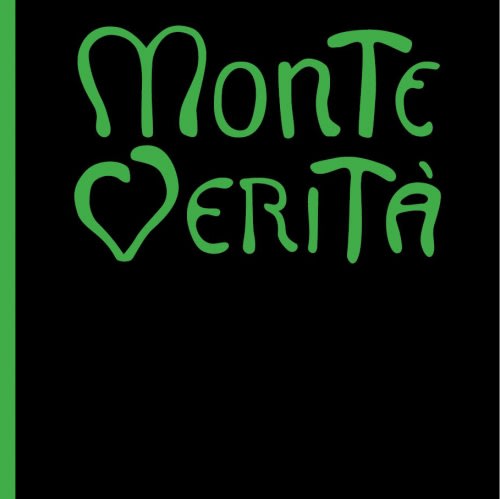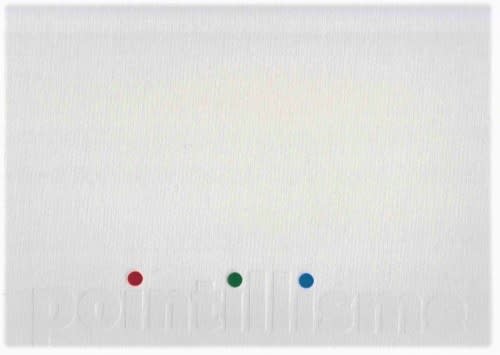Vladimir Baranov-Rossiné Ukrainian, 1888-1944
Wladimir Davidovich Baranoff-Rossine was a Russian and French painter, avant-garde artist and inventor. He was one of the first Russian artist to experiment with Cubism.
-

1917
Russian Phoenixes in the West 27 April - 28 July 2017Devoted to the Russian artistic diaspora, the exhibition raises the prolific exchange between Russia and the West. Many artists in the first quarter of the 20th Century left their homeland...Read more -

Monte Verità
Expressionist Utopia 15 April - 30 July 2016Founded in the early 20th century as an alternative vegetarian colony, Monte Verità quickly became a cradle of European counterculture as prominent artists, anarchists, philosophers and dancers settled there. Key...Read more
Vladimir Baranov-Rossiné studied at the Art Academy of Odessa, which was considered one of the most progressive in Russia at the time. He was interested in new directions in art, and closely followed the evolution of international modernism. From 1907 to 1909 he participated with Mikhail Larionov and Natalia Gontcharova in several exhibitions of the Russian avant-garde, including Stephanos, Zveno and Vienok Stephanos. He used various techniques, from Gauguin's cloisonnism to Van Gogh's directional brushstrokes, but reinterpreted them in a manner similar to that of the Italian futurists, with whom the Russian avant-garde had close contacts. Living in Paris from 1910 to 1914, he added cubism to his repertoire, while continuing to explore futurism in most of his paintings, as he shared that movement's interest in decomposing movement. The Italian futurists were prominent in Paris at the time, especially in 1912, when Bernheim-Jeune held a highly acclaimed exhibition of their paintings. After a brief stint in Scandinavia, Baranov-Rossiné returned to Russia shortly after the Revolution of 1917. The next few years were very busy. He was asked to head up the Council of Decorative Arts with Nathan Altman. His interest in the musical qualities of colour brought him to the Higher Art and Technical Studios, where he taught an advanced class on colour and form in three dimensions.
Baranov-Rossiné moved to Paris permanently in 1925 to escape the persecution of minorities in Russia. He became one of the key members of La Ruche, a group of artists that included Chagall, Kandinsky and Jawlensky.
-
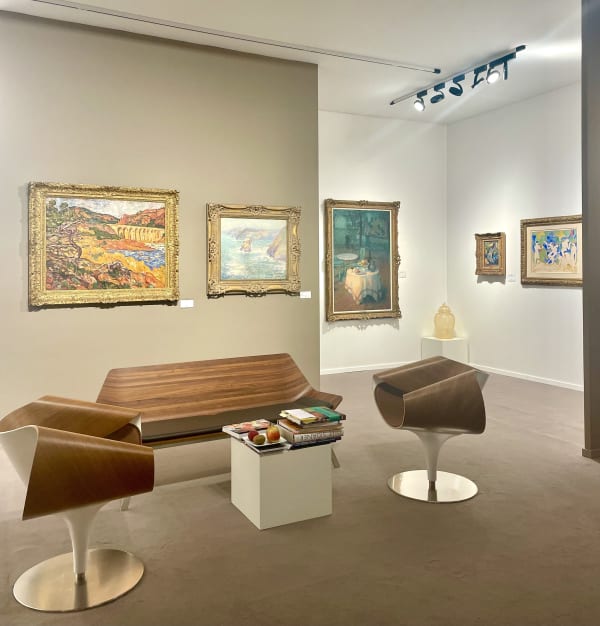
BRAFA Art Fair
Brussels 19 - 26 June 2022The Brafa Art Fair, created in 1956, is one of the world’s oldest and most prestigious art fairs, famous for the high quality fine art,...Read more -
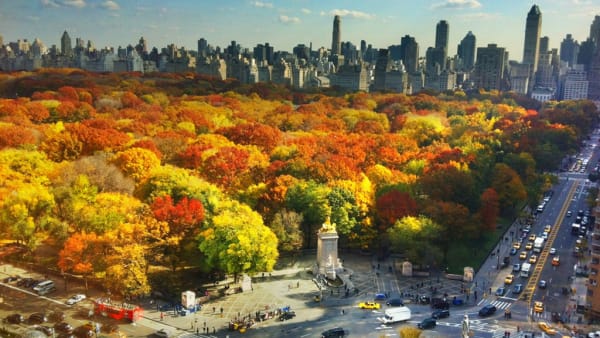
TEFAF NY Fall
New-York 1 - 5 November 2019For TEFAF NY Fall our booth featured an exclusive selection of modern art masterpieces with a focus on the female model in the cabaret culture...Read more


